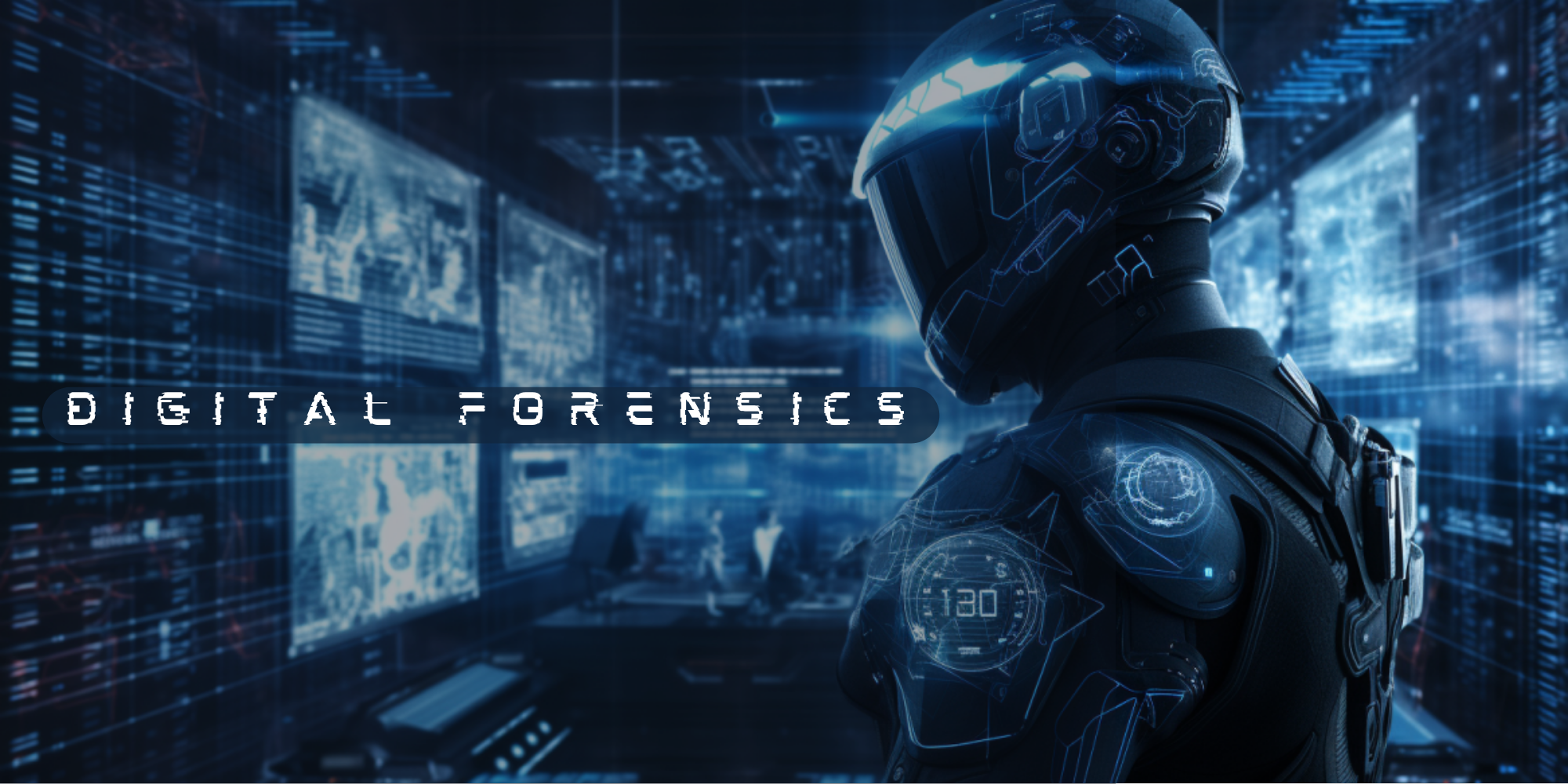
In the ever-evolving digital world, cybercrime has become a grim reality. Attackers operate stealthily, breaching systems, siphoning off data, or spreading disruptive malware. In the face of such intrusions, digital forensics has emerged as a crucial line of defence. This discipline, akin to a modern Sherlock Holmes story, involves collecting, analysing, and preserving electronic evidence to investigate and ultimately, prevent cybercrime.
The Lifeblood of Cyber Investigations
As we grapple with increasingly sophisticated cyber threats, the importance of digital forensics has soared. In essence, it’s the science of identifying, preserving, recovering, analysing, and presenting facts about digital evidence found on computers or digital storage media devices. The goal? To unravel what happened, when it happened, how it happened, and who was involved.
In a nutshell, digital forensics is to cybercrime what DNA is to a crime scene – invaluable for uncovering the truth.
The Four Pillars of Digital Forensics
- Identification: This is the first crucial step in the forensic process. It involves recognising potential sources of evidentiary data, which could range from computer systems and network logs to smartphones and cloud storage. The objective is to determine where the relevant data may reside.
- Preservation: Once potential evidence is identified, it’s vital to preserve it meticulously to maintain its integrity. This step might involve creating digital copies of data, isolating the affected systems to prevent data alteration, or maintaining a rigid chain of custody for all evidence collected.
- Analysis: This stage involves thorough, systematic examination of the preserved data to extract useful information. Skilled forensic analysts might recover deleted files, examine system logs, look for patterns and anomalies, or employ complex data algorithms to draw conclusions.
- Presentation: The final phase involves compiling the findings into a comprehensive, easy-to-understand report suitable for non-technical stakeholders or court proceedings. It’s here that the digital forensic analyst becomes a storyteller, translating technical findings into a narrative that demonstrates what occurred.
The Wide-Ranging Applications of Digital Forensics
From data breaches and cyber fraud to intellectual property theft and cyberstalking, digital forensics serves as a vital tool in a vast array of scenarios. In the corporate world, it can help organisations understand how a breach occurred and how to prevent similar future incursions. It aids in the enforcement of internal policies, potentially uncovering activities such as data theft by an employee or revealing the source of harmful leaks.
In law enforcement, digital forensics is used to solve crimes that have a digital footprint. It can help piece together evidence in cases ranging from cyberstalking and online child exploitation to cyberterrorism and hacking.
Digital forensics also plays a critical role in national security, helping government agencies detect, prevent, and respond to cyber threats.
Future-Proofing with Digital Forensics
As we hurtle into a digital future, the necessity for this field will only grow. Technology continues to develop at a dizzying pace, and with it, so too does the complexity and sophistication of cybercrimes.
Digital forensics offers a systematic, scientific approach to unravelling these incidents. With the increasing incorporation of artificial intelligence and machine learning into digital forensics, we’re set to supercharge our ability to detect and combat cybercrime.
Digital forensics is the shining light in the darkness of cybercrime. As we arm ourselves with this potent tool, we become better equipped to tread the digital landscape securely, making our online world a safer place.
.thumbnailWrapper
width:6.62rem !important;
.alsoReadTitleImage
min-width: 81px !important;
min-height: 81px !important;
.alsoReadMainTitleText
font-size: 14px !important;
line-height: 20px !important;
.alsoReadHeadText
font-size: 24px !important;
line-height: 20px !important;











